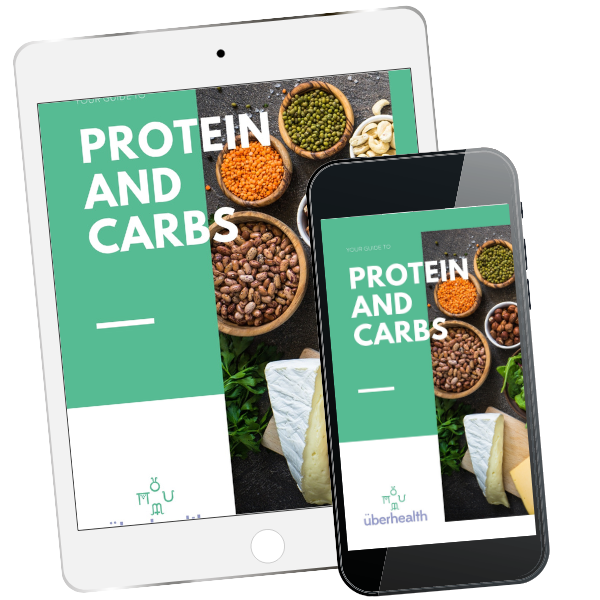The Ultimate Guide to Intermittent Fasting for Women: Benefits, Tips, and More

Trends come and go in the nutrition world and Intermittent fasting has gained a lot of popularity in the last few years, there isn’t a week that goes by where clients come to me and share their Intermittent fasting schedule.
Intermittent fasting is a popular diet strategy that involves cycling between periods of fasting and eating. While it's gained a lot of attention in recent years, especially for weight loss, there are some important considerations for women who are considering intermittent fasting.
What do you need to know about intermittent fasting?
Today, intermittent fasting is being studied for its potential benefits in improving metabolic health, reducing inflammation, and reducing the risk of chronic diseases such as type-2 diabetes, cancer and cardiovascular disease.
Intermittent fasting has become a very popular strategy for weight loss.
The benefits of intermittent fasting may vary depending on individual factors such as age, sex, weight, and overall health.
Unfortunately, research on IF for women and females assigned at birth still remains limited, we do not have a good understanding of its impact on women’s health and hormones.
Here’s what we DO know and how practical strategies
Fasting creates stress on the body and women are evolutionarily less resilient to stress.
This is why I don’t often recommend training fasted unless there are other specific adaptation goals.
It's recommended to start slowly and gradually increase the duration of fasting over time. Choosing a fasting method that suits your lifestyle and schedule is important to maintain consistency.
Staying hydrated and consuming plenty of water is also essential during fasting periods.
On low calorie days, it's important to focus on protein intake and non-starchy vegetables to ensure adequate nutrition. It's also recommended to engage in low-impact exercise on these days. Women should monitor their thyroid, hormones, and stress levels while fasting. Finally, it's important not to overindulge on refeed days or weeks, as this can reverse the progress made during fasting periods.
Here are different types of intermittent fasting, choose the one that works for you. Also highly recommend working with a health professional to make sure you are hitting all your macro nutrient needs.
- Increase the gap between meals (4-5 hours)
- 5/2 or alternate day eating (500-600 calories/day)
- Eating within a 4,8,10 or 12-hour window
- 24 hour fast / eat stop eat
- Fasting mimicking diet (800-1000 calories for 5 days)
- 90/90 protocol
- Longer fasts 3+ days – Needs supervision
- Cyclical dieting (2 weeks on, 2 weeks off)
I’m a big fan of trying the 12/12 method of intermittent fasting! It's a great way to limit the amount of time you spend eating each day, without putting your body into panic mode thinking it's starving. Plus, I'm a big believer in fueling up with a healthy meal after morning exercise, and not extending your fast too long afterward. This can help replenish your glycogen stores, boost your energy levels, and support your immune system.
I also want to encourage you to listen to your body and how it responds to different eating and fasting patterns. With so much information out there on nutrition and fitness, it can be easy to forget to check in with ourselves and our bodies. If you're trying intermittent fasting, whether it's alternate day fasting or shorter eating windows, pay attention to any changes in your energy levels, reproductive cycle, and physical symptoms like skin or hair changes. These signals are your body's way of telling you what it needs, so it's important to be aware of them. Remember, our bodies are incredibly intelligent, and it's up to us to listen and respond accordingly.
FREE RESOURCE


